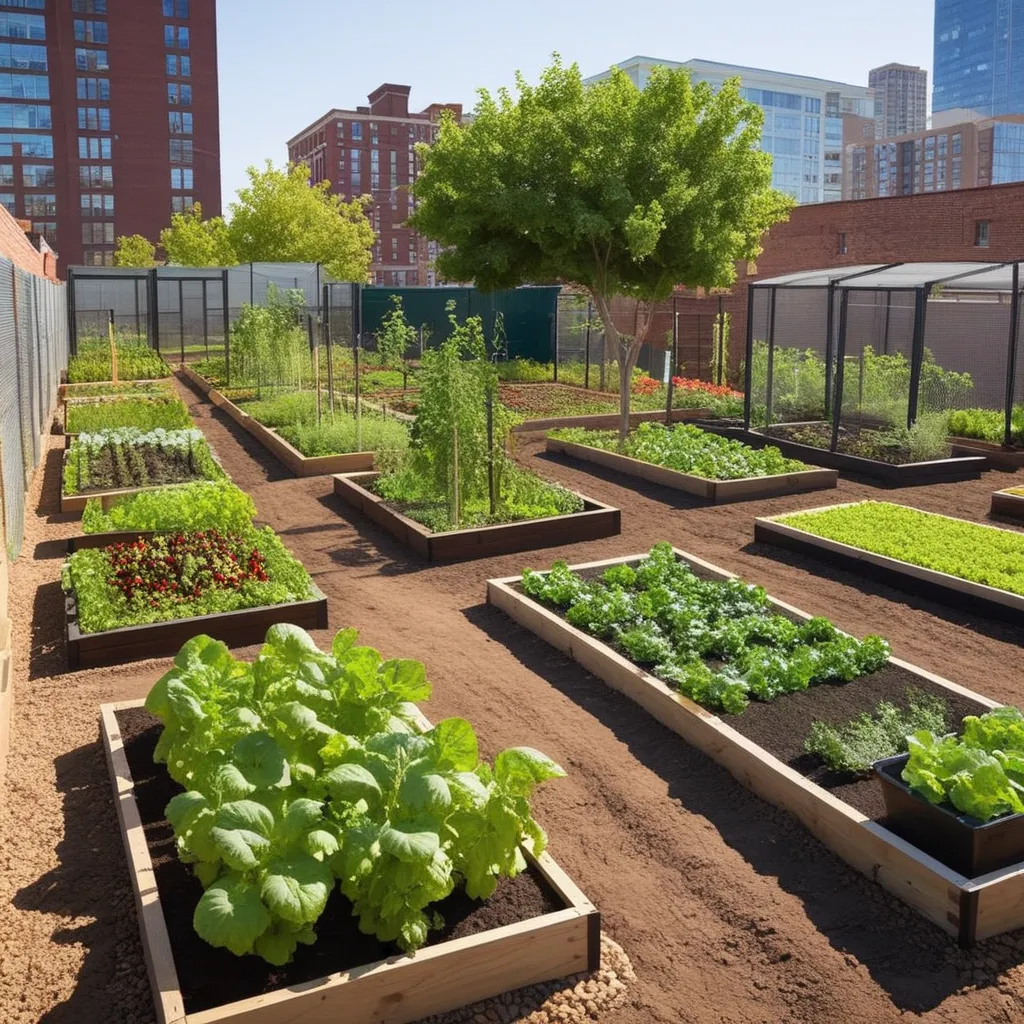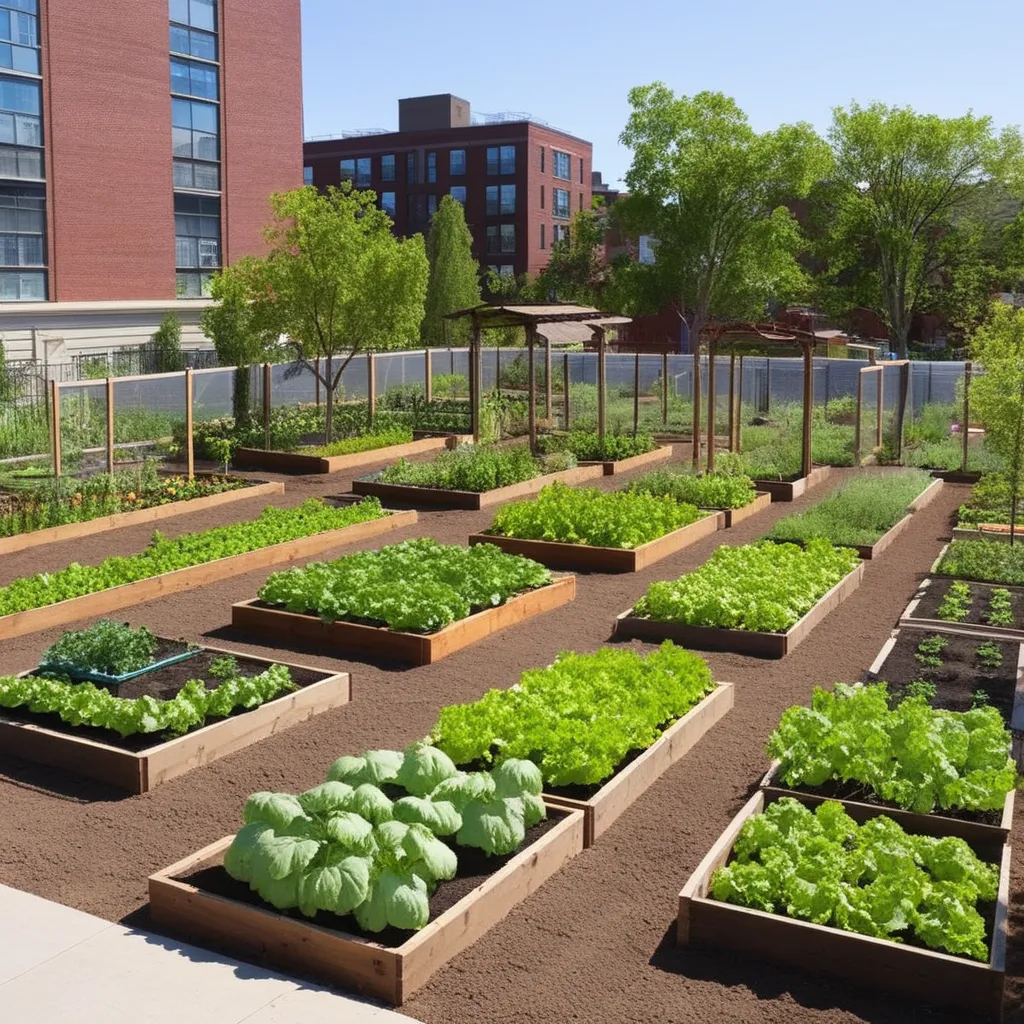The Power of Community Gardens in Urban Spaces
Amidst the concrete jungle of urban living, community gardens emerge as vibrant oases of green, fostering connection, sustainability, and a sense of shared purpose. Having been part of a community garden myself, let's explore the transformative power these green patches hold in the heart of bustling cities.

Cultivating Connections
From Neighbors to Community
A community garden is more than just a collection of plants; it's a catalyst for connection. As I dug my hands into the soil alongside neighbors I had merely exchanged nods with before, a transformation occurred. Strangers became fellow gardeners, and small talk turned into conversations about our shared love for growing things.
Breaking Down Barriers
Community gardens break down the barriers that often exist in urban settings. In a city where anonymity can be the norm, a shared passion for gardening becomes the common ground that unites people across diverse backgrounds. It's a space where doctors exchange tips with artists, and retirees swap stories with students—all centered around the universal language of plants.
Nurturing Sustainability
Green Lungs in Concrete Landscapes
In the heart of the urban sprawl, community gardens act as green lungs, breathing life into the concrete landscape. The impact extends beyond aesthetics; these patches of greenery contribute to improved air quality, biodiversity, and a more sustainable urban ecosystem. It's a small but meaningful step toward mitigating the environmental footprint of city living.
Learning the Rhythms of Nature
Participating in a community garden isn't just about growing plants; it's about learning the rhythms of nature. My own journey involved understanding the seasons, companion planting, and the delicate dance between sunlight and shade. These lessons in sustainability aren't confined to the garden but ripple into everyday choices, fostering a more eco-conscious lifestyle.
Fostering a Sense of Ownership
A Garden for All
In a community garden, everyone has a stake, and everyone has a role to play. The shared responsibility creates a sense of ownership that goes beyond individual plots. As I witnessed the transformation of neglected corners into thriving flower beds or vegetable patches, it became evident that this was a collective effort, a communal success.
Tending to Growth, Both Plants and People
Tending to a garden is a lesson in patience, nurturing, and the beauty of growth. As seeds sprout and plants flourish, so do the individuals involved. I've seen shy individuals bloom into confident gardeners, and seasoned enthusiasts generously share their knowledge. The garden becomes a microcosm of personal and communal growth.
Building Resilient Communities
Weathering Storms Together
In the face of challenges, be it unruly weather or unexpected pest invasions, the community rallies together. The collective knowledge pool becomes a valuable resource for troubleshooting and problem-solving. In these shared efforts to overcome obstacles, bonds are strengthened, and a resilient community emerges.
A Haven in Times of Stress
Urban life can be stressful, but community gardens offer a haven. I've found solace in the quiet moments spent weeding or simply sitting among the plants. It's a sanctuary where the pace of life slows, and the therapeutic benefits of nature work their magic, offering a reprieve from the demands of city living.

Conclusion: Growing Together
Community gardens are more than patches of cultivated earth; they are catalysts for community, sustainability, and personal growth. As someone who has witnessed the transformative power of these green spaces, I can attest to the profound impact they have on urban dwellers. In a world where the pace is relentless, community gardens invite us to pause, connect with nature, and grow together—both as individuals and as a community.<







